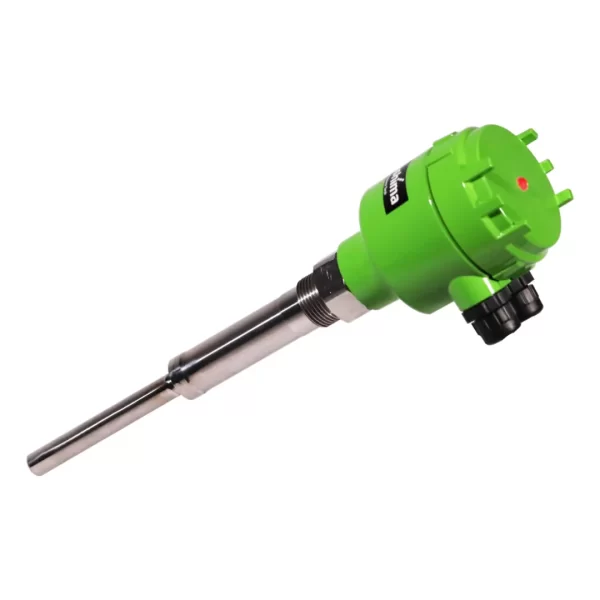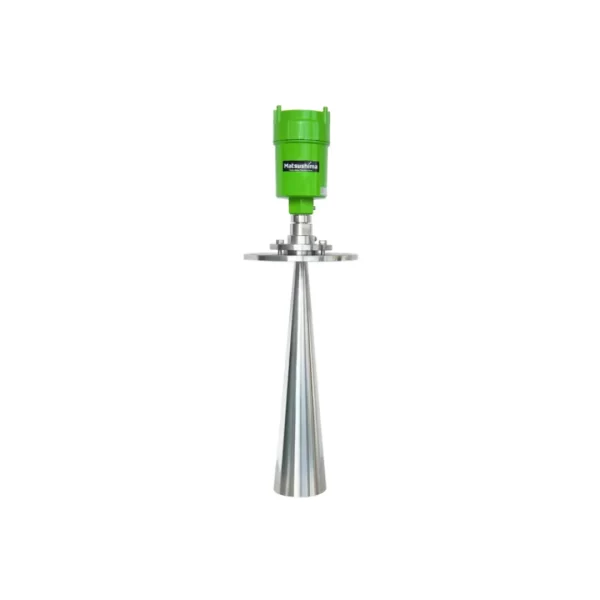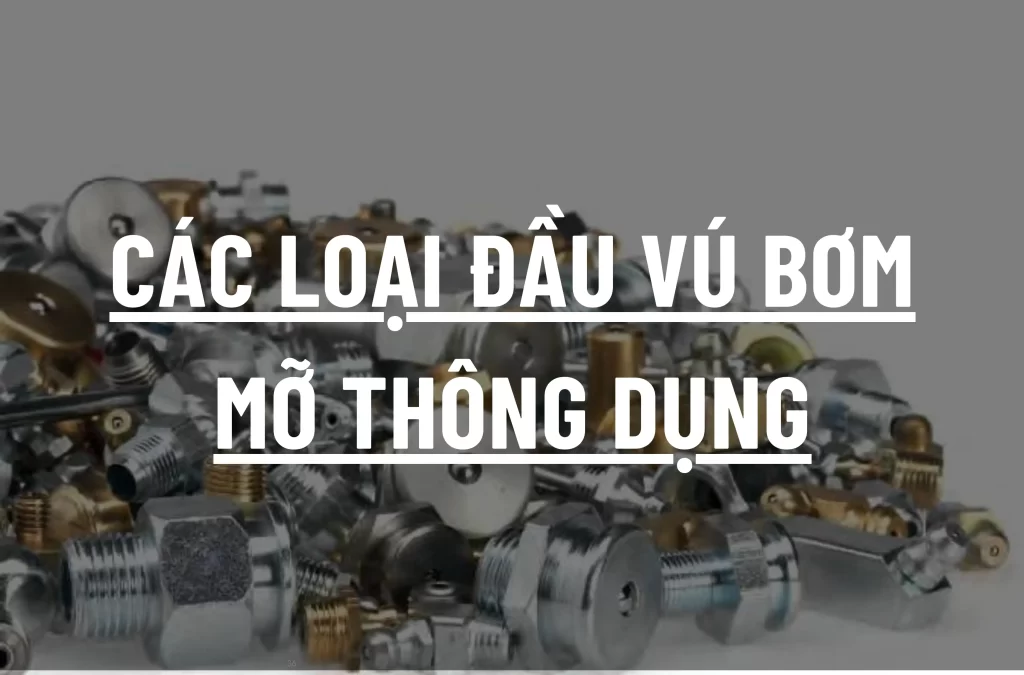When we start a journey, it’s important to check the fuel level in the vehicle. This is typically done through a specialized type of sensor – a level sensor. In the industrial sector, there are many types of level sensors used to determine material levels. This article will introduce 7 different types of level sensors and how they work.
1. What is a level sensor?
When starting to drive, you often look at the fuel gauge to decide whether to refuel before embarking on a long journey or not; this is a type of level sensor. The various industries use different types of level sensors to determine the level of their materials.
In this article, we will discuss the various types of level sensors used in the industry, and we will strive to explain them in a very understandable way.
1.1. Classification of Level Sensors
Categorically, level sensors can be divided into 2 types:
- Measuring level sensors by point.
- Continuous level measurement.
The point level measurement indicates when a product or material is present at a certain point, while continuous level measurement indicates the continuous level of a product or material as it increases or decreases.
Sensors using the point level measurement method include:
- Capacitance
- Optical
- Thermal conductivity
- Ultrasonic
- Float switch
The sensors that utilize continuous level measurement include:
- Ultrasonic
- Radar (Microwave)
We will analyze how they operate and which applications are best suited for each method, considering their technical specifications.
2. Point Level Sensors
2.1. Capacitance Level Sensors
The capacitance level sensor is a type of proximity sensor that generates an electric field and detects the level by interacting with its electric field.
These sensors have the following characteristics:
- Compact
- Cheaper than other types of sensors
- Intrusive (meaning it requires physical contact with the object being measured)
- High accuracy
- Rugged, fixed, no moving parts
However, this type of sensor needs calibration and can only measure certain types of liquids. The capacitance sensor can be used in liquid containers. A water treatment plant with storage tanks would be an ideal application for capacitance sensors.
Công Tắc Đo Mức Điện Dung
Thương hiệu: Matsushima Xuất xứ: Nhật Bản
2.2. Optical sensor
Optical sensors operate by converting light beams into electrical signals to measure a physical quantity of light and then convert it into a measurable value.
- These types of sensors do not have moving parts.
- They are not affected by pressure or temperature.
- Small in size.
- Can be used with liquids.
However, if the lens is fogged or dirty, it needs to be cleaned. They can be used as low-level indicators to prevent operating without oil, coolant, or hydraulic fluid.
2.3. Electric conductivity (resistance) level sensors
Another type of point level sensor is measuring electrical conductivity or resistance. The electrical conductivity or resistance sensor uses a probe to measure electrical conductivity. The probe has a pair of electrodes and applies an alternating current to them.
When the liquid covers the probe, its electrodes become part of the electrical circuit, causing the current to flow through, signaling a high or low level.
The advantages of conductivity (resistance) level sensors include:
- No moving parts
- Low cost
- Relatively easy to use
In addition, they also have some disadvantages:
- Intrusive (meaning it requires physical contact with the object being measured)
- Only measure conductive liquids.
- The probes may corrode over time.
These sensors are suitable for signaling high or low levels.
Công Tắc Đo Mức Tiếp Nhận
Thương hiệu: Matsushima Xuất xứ: Nhật Bản
2.4. The tuning fork level sensor
They use a sensor component shaped like a tuning fork with two sharp prongs. The tuning fork vibrates at its natural resonant frequency. When the level changes, the frequency of the fork will change as it detects different levels of vibration. These sensors have the following characteristics:
- Compact and relatively inexpensive
- Intrusive (meaning it requires physical contact with the object being measured)
- Easy to install
- Generally maintenance-free
They are used without limitation based on the type of material they can sense. The mining, food and beverage, and chemical processing industries are the sectors that commonly use these sensors.
Công Tắc Đo Mức Rung
Thương hiệu: Matsushima Xuất xứ: Nhật Bản
2.5. Float switch
The float switch uses a buoyant float, which will rise or fall when the product is introduced or removed. This device will open or close a circuit based on the upward or downward movement of the float.
Advantages of the float switch include:
- Does not require a power source.
- Provides a direct measurement value.
- Cost-effective.
The disadvantages include:
- Intrusive (meaning it requires physical contact with the object being measured)
- Contain moving parts
- Can be large in size
The float switch will only indicate high or low levels, unable to measure changes in level. A great application for a float switch is in liquid storage tanks, indicating high or low levels.
Công Tắc Đo Mức Dạng Phao
Công tắc mức sử dụng sức nổi của phao để phát hiện mức chất lỏng trong bể hoặc thùng chứa. Vui lòng sử dụng với các chất lỏng như nước, dầu và dung dịch hóa học. Thương hiệu: Matsushima Xuất xứ: Nhật Bản
3. Continuous Level Sensors
3.1. Ultrasonic Level Sensors
Ultrasonic level sensors operate by emitting and receiving ultrasonic waves. The time for the reflected wave to return is used to calculate the distance.
Some advantages of using this type of sensor include:
- No moving parts
- Compact
- High reliability
- Non-intrusive
- Not affected by the properties of the measured material.
- Self-cleaning due to self-generated vibrations.
Some drawbacks of this type of sensor include:
- The price can be quite high.
- In some cases, the environment may have a negative impact on the sensor.
An application like a hot asphalt tank in a plywood manufacturing plant. The ultrasonic sensor will be placed at the top of the tank, away from the hot asphalt, and used to sense the level and send refill requests for the tank.
3.2. Radar level sensors
These sensors transmit microwave signals via an antenna on the sensor. The material being sensed will reflect these microwaves back to the antenna, and the time from transmission to reception of the signal is proportional to the value being measured.
The advantages of radar sensors include:
- Radar sensors are not affected by temperature, pressure, or dust, making them suitable for use in various environmental conditions.
- They can measure liquids, viscous substances, powders, and solids.
- High accuracy, no need for calibration.
- Non-invasive measurement type.
The drawbacks include:
- The cost is relatively high.
- There is a certain range limitation for measurement.
Returning to the example of the plywood manufacturing plant, a radar level sensor could be an ideal solution. Similar to ultrasonic sensors, radar sensors are an effective option for hot liquid storage tanks.
Cảm Biến Đo Mức Dạng Radar
Thương hiệu: Matsushima Xuất xứ: Nhật Bản
4. Summary
We have covered 7 different types of sensors, their characteristics, and applications of each type.
Some applications of them may overlap, and when deciding on a sensor, it’s important to determine what you need the sensor for and the type of response you’re looking for.
Sensors such as conductivity or resistance, capacitance, vibration sensors, float switches, and optical level sensors can be used to indicate high or low levels. While ultrasonic and radar level sensors can measure levels and provide specific feedback about the amount of material in a container.
Currently, Hung Viet is the distributor for Matsushima sensor products in Vietnam. For further information, please contact us using the following contact details:
Hung Viet Electronics and Trading Co., Ltd. (HVC)
Specializing in providing solutions, supplies, machinery, equipment, spare parts, raw materials serving industries such as chemical, cement, steel, glass, paper, textiles, food and beverage, construction, transportation, etc.
- Address: Số 5 ngách 6/13 Kim Đồng, Hoàng Mai, Hà Nội
- Phone: +84(0)4 3664 1708
- Fax: +84(0)4 3664 1709
- Hotline: +84 913214096
- Email: sale@hvc-vn.com
- Website:hvc-vn.com
- Working hours: Monday to Friday: 8:00 AM – 5:00 PM; Saturday: 8:00 AM – 12:00 PM









